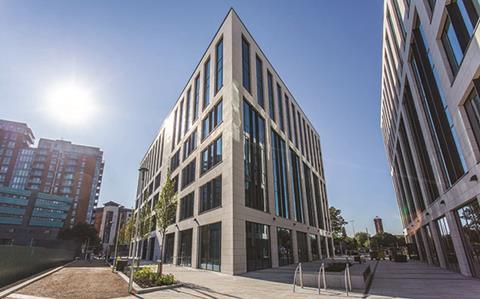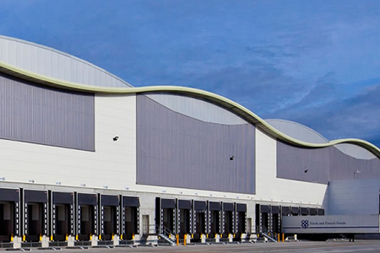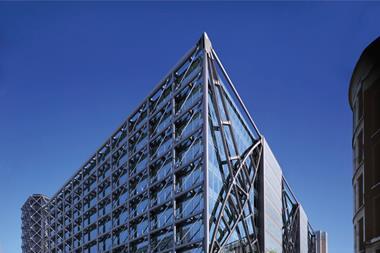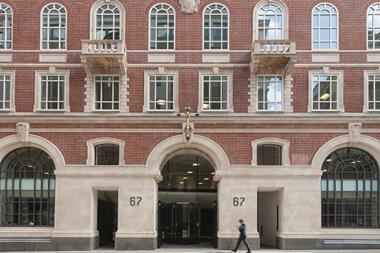The end of H1 typically marks the start of the summer recess, but this year it seems the UK and European real estate markets do not want to take the traditional break. Global capital remains extremely active with domestic and global investors undeterred by continuing political instability.

Theresa May’s failure to win a majority in the general election has changed little. CBRE’s latest edition of Uncertainty Unscrambled analyses the impact of elections on the property market and there is scant, if any, historical evidence to show that they change overall investor behaviour. Apart from the impact on currency, the political landscape is largely ignored.
The second half of 2017 feels like it too will continue at pace, particularly in markets such as city centre offices, logistics and alternative investment. This is despite London’s position as the force majeure in European real estate coming under pressure from Germany, where the major markets produce large-scale investment opportunities with the low cost of debt aiding affordability.
In Q1 2017, the German investment market posted an increase of 49% year on year and the indications are that overall it will become the focus of institutional capital.
As a city, however, London is likely to maintain a dominant global position and investment opportunities continue to present themselves in the UK. An intriguing and perhaps surprising example is development, which is more in vogue than it was six to 12 months ago.

Calculated risk, underwritten by prevailing rental growth, is evident in some of our key markets, including Paradise Circus in Birmingham, the Granada Studios site in Manchester and Wellington Place in Leeds.
Catalyst for developers
The regions, where land costs remain sensible and human capital is readily available, allowing for tenant growth, generate greater confidence and commitment to leases - and together provide the catalyst for developers to start building again. Fortune favours the brave and there is cautious optimism that bold decision-making will play well in the leasing market.

For the foreseeable future, retail-led logistics continues to be the diversification tool of choice for investors. What a story this is, attracting global equity and attention - the only downside is the fuelling of retail logistics by ecommerce, which has had an impact on demand for traditional bricks-and-mortar retail, with confidence in this sector diminished.
However, herein lies another opportunity for investors with a long-term outlook. While retailer consolidation of the high street continues, the best town centres remain a focus for investors.
While retailer consolidation of the high street continues, the best town centres remain a focus for investors
CBRE recently published feedback from retailers that 83% still require a physical presence on our high streets. The key driver here is infrastructure, whether this be transport initiatives or residential opportunities, either private or build-to-rent.
Regeneration forms the blueprint for the future landscape of our towns. With international investor demand tracking the best local partners to ensure success, this is a market area with focus.
As H2 gets under way, London is preserving a global status for the international community and interest will remain strong. The fragility of the wider market may suggest that overall volumes will be suppressed, but that didn’t stop £47.8bn being traded in the 12 months after the referendum.
Predictions in real estate require careful analysis and remain changeable. My advice? Make hay while the sun shines.





























No comments yet